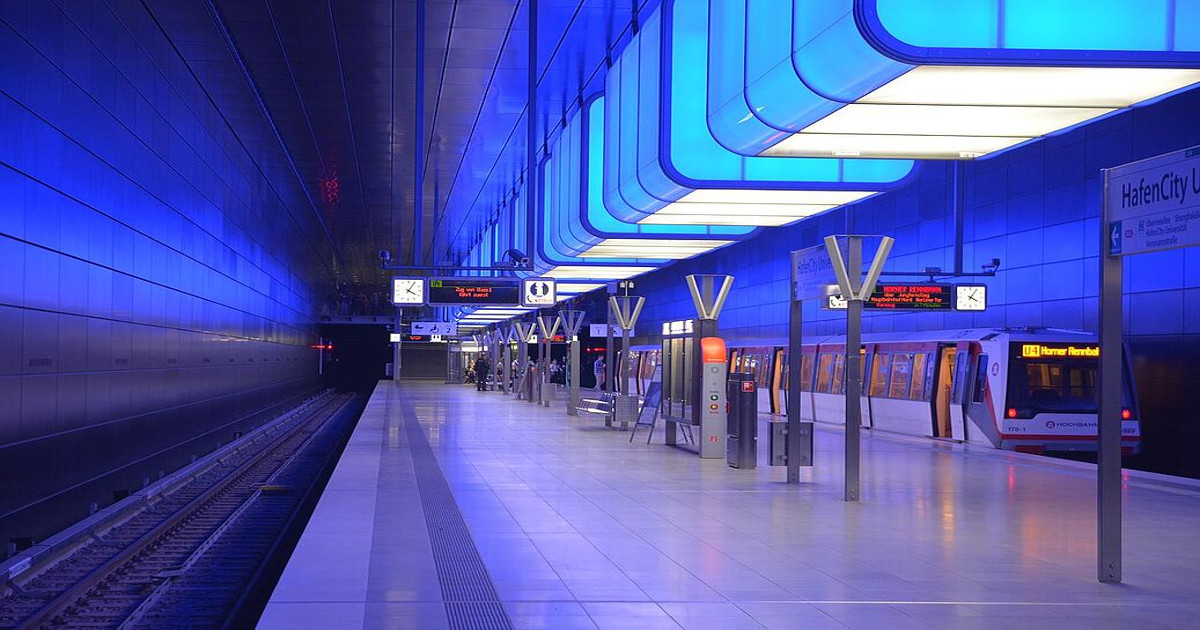The term “digital twin” has become the latest buzzword in the architecture, engineering, and construction sectors. As Building Information Modeling (BIM) develops, it will be used for different applications, including the creation of digital twins. At the moment, BIM models and digital twins have different aims – BIM is prescriptive whereas digital twins are descriptive. Here is how the as-built model through BIM can form the basis of a digital twin.
What is BIM?
Building Information Modeling (BIM) is a method of designing and delivering a project that enables better collaboration between the different parties involved on the project. While BIM involves the use of advanced 3D modeling software to create a virtual model of a structure, the emphasis is on using the model to manage the design and construction process for more efficient and effective project delivery and creating accurate as-built information. BIM gives the project team transparency and ensures everyone is using the most up-to-date information, along with a host of other benefits. In the ideal scenario, the model can even be used for manufacturing.
What is a Digital Twin?
A digital twin is more than just a digital model of a building or structure – it’s an operations model. A good digital twin definition is: a virtual model of a physical asset that contains real-time data of that asset during its operation. With this information, the current asset condition can be quickly determined, and any historical operating data interrogated as well. The aim of the digital twin is to understand how the daily operations affect the structure or asset in real-time and use this information for informed decision-making.
BIM and the Digital Twin Model
BIM is meant to be a growing dataset that brings benefits over the whole life cycle of the built environment. As BIM creates a virtual model of an asset which assists with its design, construction and operation, it contains much of the information that a digital twin would require, making it the perfect basis for a digital twin. By incorporating the real-time data – i.e. from sensors – real-time analysis based on current operating conditions such as traffic flows, temperature and other environmental factors can be undertaken. Not only can this help with predicting maintenance issues, it will also allow the comparison of actual conditions to be compared against the analytical or as-designed values. With accurate data, future performance can be evaluated and improved, efficiencies can be found, and remediation activities can be automated.
The Future of BIM and Digital Twins
As a digital twin has significant value for owners and operators, it’s not difficult to imagine a time when “BIM” and “digital twin” become interchangeable terms. In many ways, the digital twin is the next evolution of the BIM model, as BIM has enabled the design, construction, operation and maintenance cycles of an asset to be blended together. As this evolution continues, tools that can support the entire building process from cradle to grave will become increasingly important. For example, Bimplus is an openBIM model collaboration platform for the entire building lifecycle and can be used in collaboration with third-party tools for facilities and operations management.








